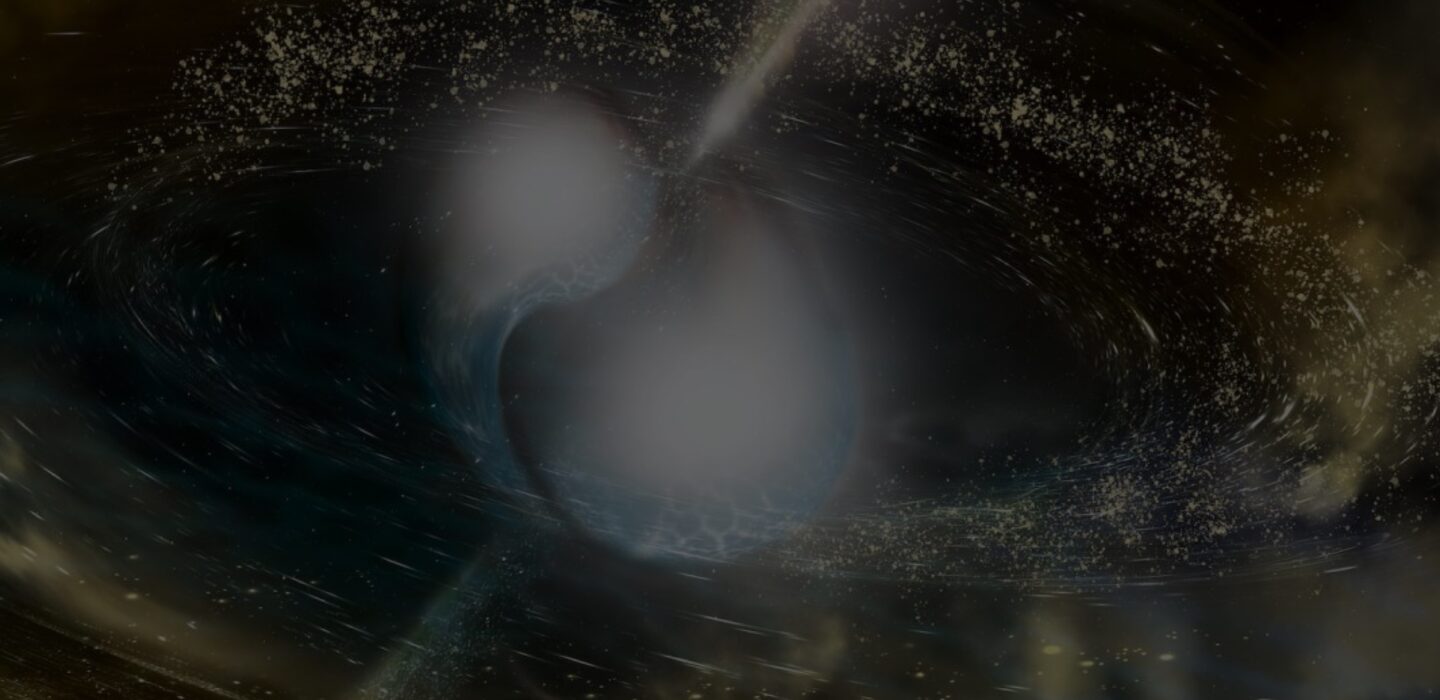Yixian Chen & Zachary Stone

Monday, December 1, 2025
3:00-4:00pm
Marlar Lounge and Zoom
Yixian Chen, UC Santa Cruz
Unorthodox planet-disk interaction: Eccentricity, Turbulence and Winds
The classical circumplanetary disk (CPD) pattern is prograde - in other words, aligned with the Protoplanetary disk. Using 3D global hydrodynamic simulations, we show that when planet eccentricity is large enough, the CPD can become retrograde due to impact velocity relative to the background shear. Likewise, presence of strong turbulence also introduces constantly fluctuating impact velocities, leading to possible randomization of the CPD as well as migration torque. These chaotic torques tend to destabilize mean motion resonances, causing planet pairs to migrate into tighter orbits and become more prone to dynamical instabilities in the post-PPD phase. On the other hand, in regimes of low turbulence, accretion may be driven by MHD wind instead of turbulence. We show that the gas radial inflow structure in a windy disk can cause migration torque saturation and gap-opening process to be different from laminar disks, possibly producing distinct dust substructures in sub-millimeter observations.
Zachary Stone, University of Illinois Urbana-Champaign
Probing the Oldest Black Holes with Detailed Modeling of AGN Variability
AGN variability presents a unique way to investigate the motion and structure of accreted material onto supermassive black holes (SMBHs) in active galactic nuclei (AGNs) across cosmic time. Reverberation mapping (RM) is a technique which uses this variability to provide estimates of SMBH masses out to high-redshift, important for theories of SMBH growth. RM can be extended to model the physical properties of the accreted gas with long-baseline, high-cadence, simultaneous spectroscopy and photometry, such as with modern surveys like SDSS-V and the Rubin Observatory’s Legacy Survey of Space and Time. I will discuss recent results of modeling the gas geometry and kinematics in a particular AGN with SDSS-V, comparing to theoretical predictions. Extensions to current models will more accurately determine SMBH properties, especially when performed on high-redshift AGN samples via JWST. I will also mention recent work in investigating the variability of “little red dots”, an interesting population of non-varying sources, possibly AGNs, seen at high-redshift with JWST.
Speakers
- Yixian Chen, UC Santa Cruz
- Zachary Stone, University of Illinois Urbana-Champaign